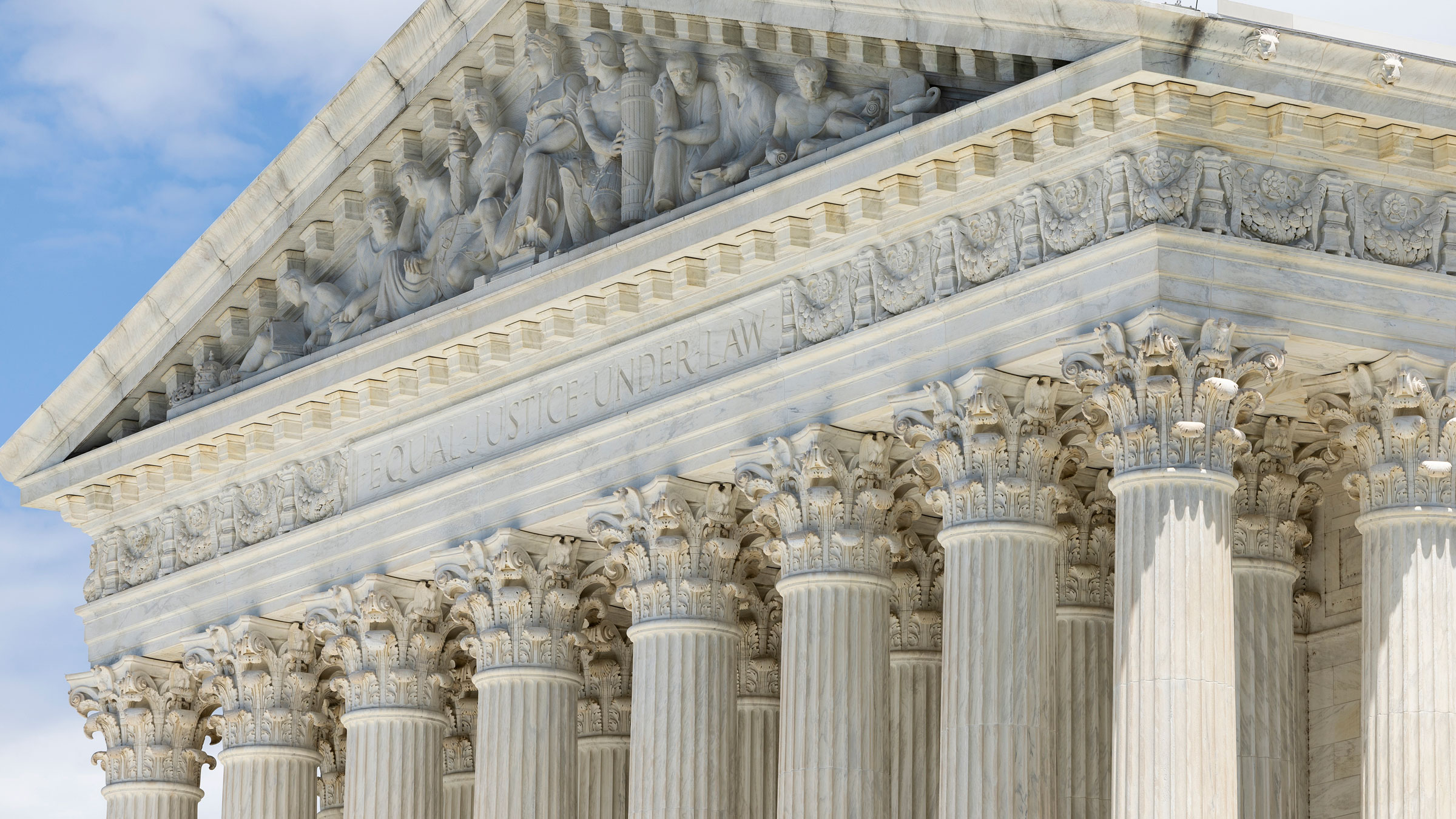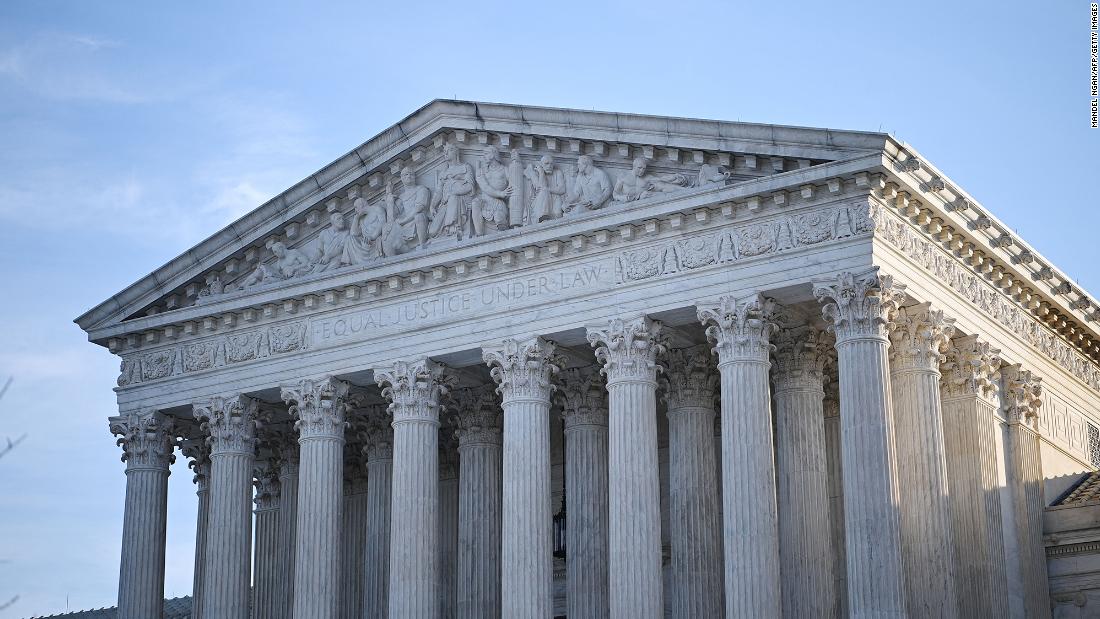
The Supreme Court moments ago struck down a New York gun law that places restrictions on carrying a concealed gun outside the home.
It’s the first major Second Amendment opinion in more than a decade: In 2008, the Supreme Court held for the first time that the Second Amendment protects an individual’s right to keep and bear arms at home for self-defense.
After the ruling, however, to the frustration of gun rights advocates, lower courts relied upon language in the opinion to uphold many gun regulations.
“Nothing in our opinion should be taken to cast doubt on longstanding prohibitions on the possession of firearms by felons and the mentally ill, or laws forbidding the carrying of firearms in sensitive places such as schools and government buildings,” then-Justice Antonin Scalia wrote for the majority in the Heller case.
Except for a followup decision two years later, the justices largely stayed away from the issue, infuriating gun rights advocates and even some of the justices themselves.
Justice Clarence Thomas declared at one point that the “Second Amendment is a disfavored right in this court.”
Which brings us to this case: After Justice Amy Coney Barrett took her seat, the court agreed to take up a new case, highlighting the impact of former President Donald Trump’s three nominees on the court.
New York State Rifle & Pistol Association v. Bruen concerned a New York law governing licenses to carry concealed handguns in public for self-defense. It requires a resident to obtain a license to carry a concealed pistol or revolver and demonstrate that “proper cause” exists for the permit. Residents must show that they have a great need for the license and that they face a “special or unique danger to their life.”
Here’s what the justices said during arguments: At oral arguments, the conservative majority court seemed poised to strike down the New York law as going too far — although it is always dangerous to gauge the outcome of a case by what the justices say in open court. There did seem to be broad support for regulations that govern sensitive places, but the looming question will be the breadth of the decision and how it might impact other laws.
Arguments were held on Nov. 3, 2021, months before a mass shooting on a Brooklyn subway carried out by a gunman who put on a gas mask, deployed a gas canister, and then began shooting, firing at least 33 times. In May, a gunman, killed 10 people in a Buffalo, New York, supermarket; less than two weeks later, another killed 21 adults at Robb Elementary School in Uvalde, Texas.
During oral arguments, several of the justices asked questions surrounding regulations aimed at sensitive places, including the subways. Paul Clement, a lawyer for the National Rifle Association affiliate behind the challenge, argued that New York is “entitled to have laws that say that you can’t have weapons in sensitive places” and that he was not challenging those laws.
For her part, liberal Justice Elena Kagan pushed Clement for his views on the definition of sensitive places. She was the first to bring up New York City subways, asking if they count as sensitive places.
Noting that his clients live outside of New York City, Clement said, “I suppose I could give away the subway because they are not in Manhattan. They’re in Rensselaer County.”
Conservative Justice Samuel Alito, perhaps trying to gauge the scope of the eventual opinion, looked at the issue from the perspective of law-abiding people riding subways who want to be able to carry a gun to protect themselves.
Alito asked New York Solicitor General Barbara Underwood about people returning from work late at night in Manhattan. A doorman, a nurse, somebody who washes dishes are all citizens who have to “commute home by subway.” Alito suggested that they may be people who are scared but who would not qualify for a license under the New York law.
Read more about the case and the opinion’s implications here.






